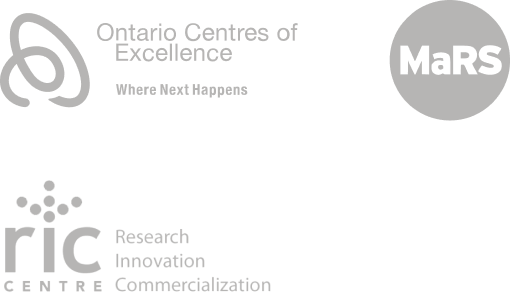Holograms – yes, just like the ones you’ve seen in Star Wars – are becoming a big deal for businesses especially in retail, entertainment, and hospitality. Like the holographic messages that Princess Leia uses to communicate, they add an exciting and futuristic element that customers love to talk about and share on their social media platforms.
But holograms aren’t just for show. Just like R2-D2 projects holographic images to help with plans, restaurants can use them for training employees, for providing top-notch customer service, and showcasing food in an impressive way. Hologram tech has been around for a while, but it’s now easier to obtain and use, and can provide businesses in the food industry with a significant competitive advantage.
So, what is a hologram?
Holograms explained
Simply put, a hologram, particularly in the context of menu holograms, is a special type of three-dimensional image or display that appears to be floating in space without the need for 3D glasses or any physical objects.
They use laser technology and the interference of light waves to showcase menu items in a visually striking and interactive way. This allows customers to see realistic representations of dishes before placing their order. It’s an immersive dining experience that can provide another level of customer engagement, service and entertainment, and customer loyalty.
But while holograms offer exciting possibilities, they’re not without challenges. Since the technology is fairly new, implementation can be challenging; everything from setting up & installation to pricing requires careful consideration and investment.
Of course, not everyone would be equally interested in holograms; they’d likely be more of a hit with the young, trendy, tech-savvy individuals willing to try new things rather than the usual customers at a regular sandwich shop. Regardless, if you’re an innovative restaurateur with a first mover mindset, embracing holograms might just be what you need to make your business successful.
Holographic future of eCommerce
An LA-based software and technology company, Portl, founded by David Nussbaum in 2019, has introduced its first hologram machine. This remarkable contraption, resembling a telephone booth in shape and size, seemingly “teleports” individuals to different places in the world, albeit in the form of a life-sized projection of themselves. The device features an AI-equipped camera, stereo speakers, and microphones that facilitate live, in-person communication.
Integrating holographic technology can have a major impact on the eCommerce industry. Holograms can provide customers with a realistic and immersive view of products, improve the overall shopping experience with virtual try-ons, offer live demonstrations to showcase product features, and more.
Following are some of the ways that holographic technology can impact the eCommerce industry.
- Improve product visualization with a lifelike and immersive view of products
- Integrate virtual try-ons in industries like fashion and cosmetics
- Create interactive showcases for products e.g., 3D display of gadgets
- Deliver personalized shopping assistants to guide shoppers through their journey
- Establish virtual shopping spaces that customers can explore from within their homes
- Conduct live demonstrations to showcase features and functionalities in real-time
- Utilize innovative marketing techniques to create attention-grabbing holographic ads
Conclusion
Holograms are not just a sci-fi fantasy; they are rapidly becoming a reality in various industries. For restaurants and food businesses, these 3D wonders have the potential to revolutionize how customers engage with menus and experience dining. While there are exciting possibilities, it’s essential for food businesses to carefully consider the cost, implementation challenges, and target audience when integrating holographic technology.
For those willing to invest and adapt, holograms have the potential to revolutionize the food eCommerce landscape by creative immersive dining experiences.


